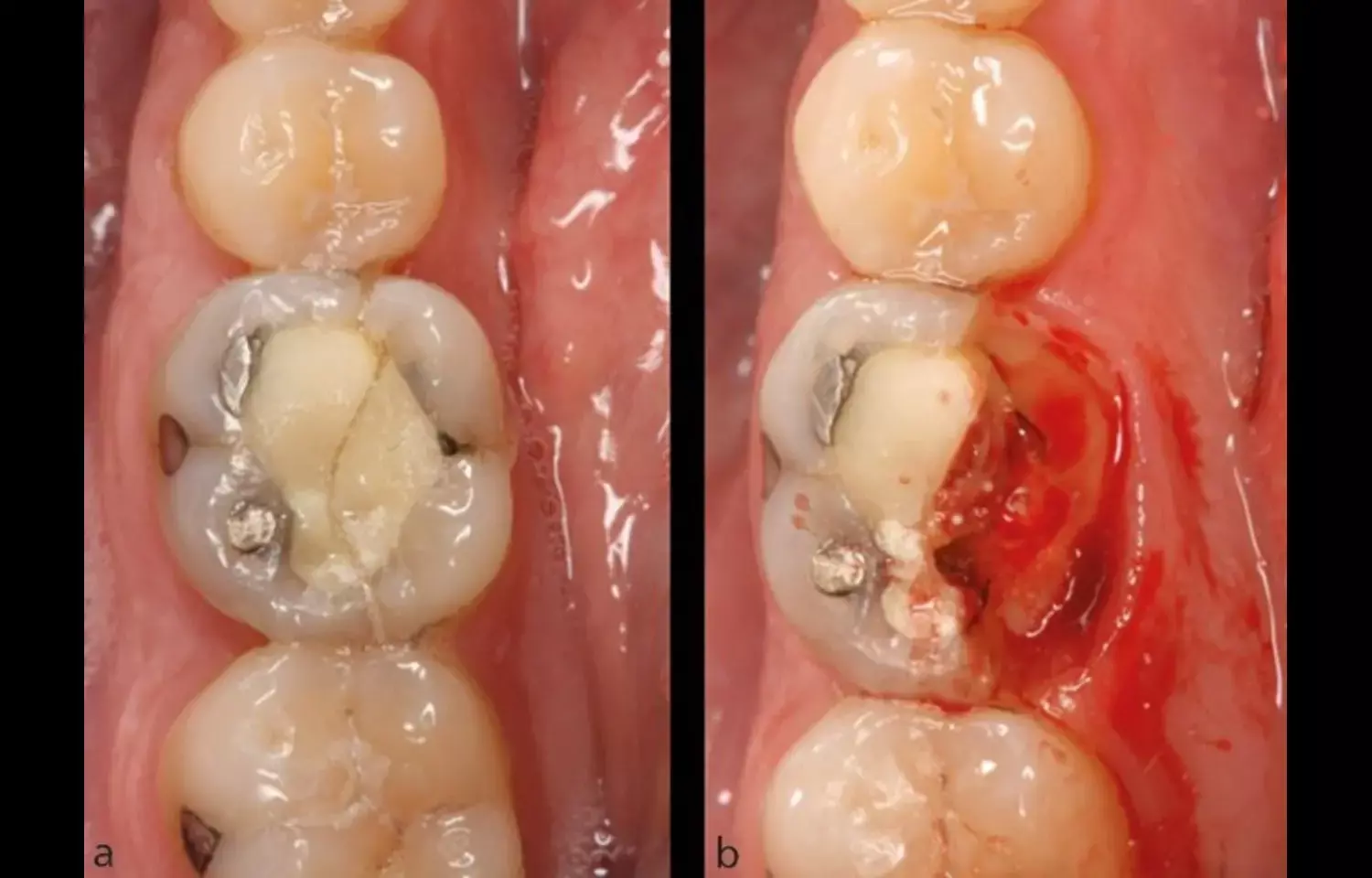- Home
- Medical news & Guidelines
- Anesthesiology
- Cardiology and CTVS
- Critical Care
- Dentistry
- Dermatology
- Diabetes and Endocrinology
- ENT
- Gastroenterology
- Medicine
- Nephrology
- Neurology
- Obstretics-Gynaecology
- Oncology
- Ophthalmology
- Orthopaedics
- Pediatrics-Neonatology
- Psychiatry
- Pulmonology
- Radiology
- Surgery
- Urology
- Laboratory Medicine
- Diet
- Nursing
- Paramedical
- Physiotherapy
- Health news
- Fact Check
- Bone Health Fact Check
- Brain Health Fact Check
- Cancer Related Fact Check
- Child Care Fact Check
- Dental and oral health fact check
- Diabetes and metabolic health fact check
- Diet and Nutrition Fact Check
- Eye and ENT Care Fact Check
- Fitness fact check
- Gut health fact check
- Heart health fact check
- Kidney health fact check
- Medical education fact check
- Men's health fact check
- Respiratory fact check
- Skin and hair care fact check
- Vaccine and Immunization fact check
- Women's health fact check
- AYUSH
- State News
- Andaman and Nicobar Islands
- Andhra Pradesh
- Arunachal Pradesh
- Assam
- Bihar
- Chandigarh
- Chattisgarh
- Dadra and Nagar Haveli
- Daman and Diu
- Delhi
- Goa
- Gujarat
- Haryana
- Himachal Pradesh
- Jammu & Kashmir
- Jharkhand
- Karnataka
- Kerala
- Ladakh
- Lakshadweep
- Madhya Pradesh
- Maharashtra
- Manipur
- Meghalaya
- Mizoram
- Nagaland
- Odisha
- Puducherry
- Punjab
- Rajasthan
- Sikkim
- Tamil Nadu
- Telangana
- Tripura
- Uttar Pradesh
- Uttrakhand
- West Bengal
- Medical Education
- Industry
Timing of Restoration After RCT Does Not Impact 5-Year Outcomes, suggests Study

A recent study published in Acta Odontologica Scandinavica by Olsson et al. (2025) investigated the impact of the timing between root canal treatment (RCT) completion and the placement of a direct restoration on the long-term outcomes of first molars. The research aimed to determine whether immediate versus delayed restoration affected the need for additional endodontic treatments, apical surgery, or tooth extractions over a five-year period.
Utilizing data from the Swedish Social Insurance Agency, the study analyzed records of 50,314 direct restorations placed after RCTs in individuals aged 20 years or older. The teeth were categorized into five groups based on the time elapsed between RCT completion and restoration placement, ranging from immediate restoration to delays of up to 22 days. The frequencies of orthograde retreatment, apical surgery, and extractions were compared across these groups using Pearson’s Chi-square test. The results indicated no statistically significant differences in the need for additional treatments or extractions among the different time intervals. Specifically, the p-values for orthograde retreatment, with or without apical surgery, and with or without extraction were 0.089, 0.161, and 0.737, respectively. These findings suggest that the timing of direct restoration placement following RCT does not significantly influence the five-year success rate of the treatment.
This study provides valuable insights into clinical practice, indicating that practitioners may have flexibility in scheduling direct restorations after RCT without compromising long-term outcomes. However, the authors recommend further research to confirm these findings and explore other factors that may influence the success of RCTs and restorations.
Dr. Shravani Dali has completed her BDS from Pravara institute of medical sciences, loni. Following which she extensively worked in the healthcare sector for 2+ years. She has been actively involved in writing blogs in field of health and wellness. Currently she is pursuing her Masters of public health-health administration from Tata institute of social sciences. She can be contacted at editorial@medicaldialogues.in.
Dr Kamal Kant Kohli-MBBS, DTCD- a chest specialist with more than 30 years of practice and a flair for writing clinical articles, Dr Kamal Kant Kohli joined Medical Dialogues as a Chief Editor of Medical News. Besides writing articles, as an editor, he proofreads and verifies all the medical content published on Medical Dialogues including those coming from journals, studies,medical conferences,guidelines etc. Email: drkohli@medicaldialogues.in. Contact no. 011-43720751


